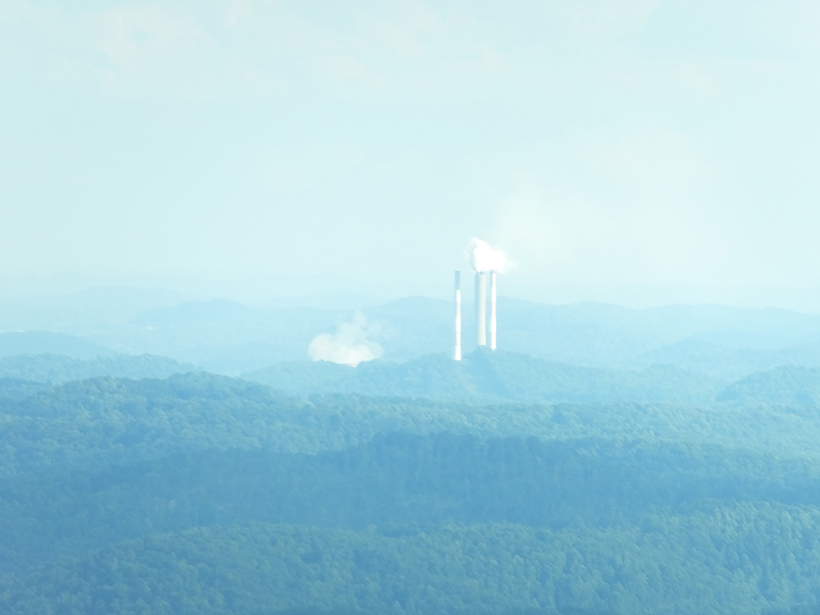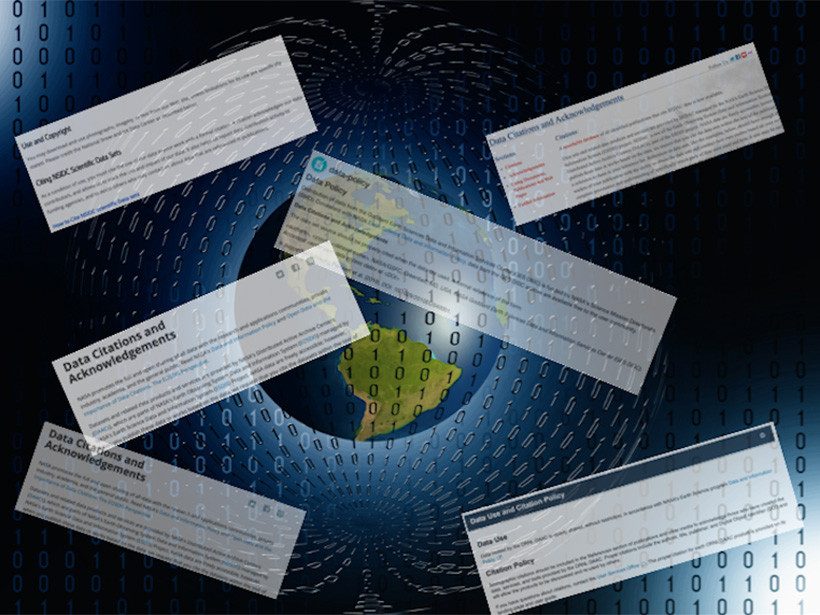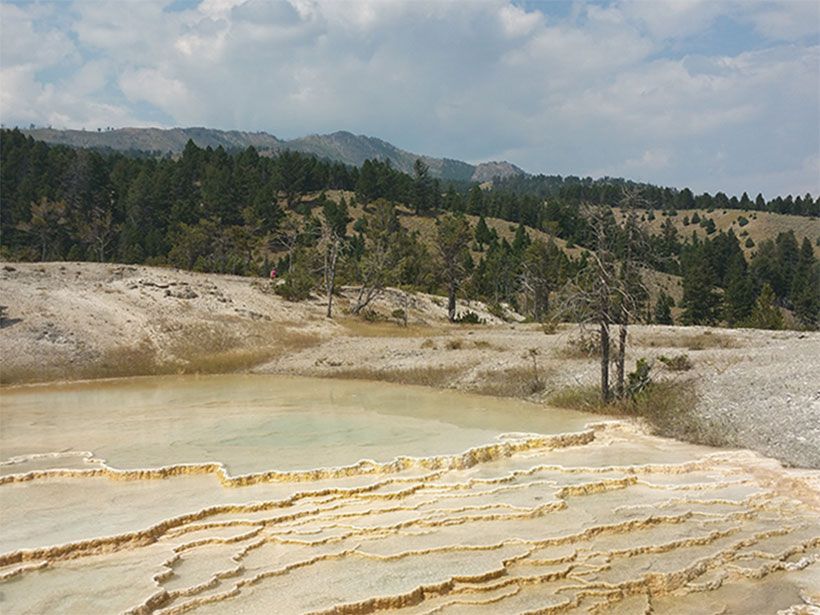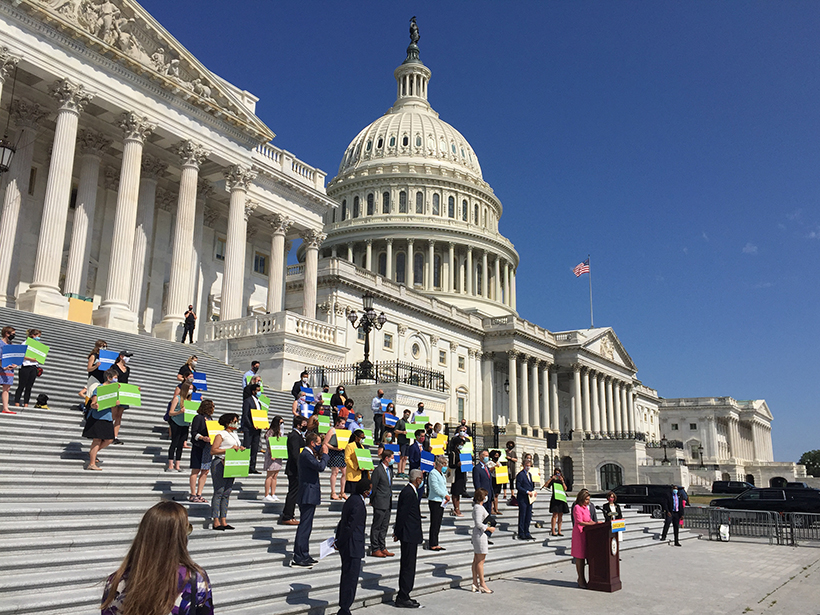When most agriculture in the world is rural, getting crucial geoscience information to farmers is a technical challenge that a few organizations are just starting to figure out.
Opinions
Graduate Student Perspectives on Equitable Remote Learning
Remote learning can be a catalyst for instructors and institutions to invest in teaching practices that reinforce growth mindsets and that help students share responsibility for learning outcomes.
Charting Satellite Courses in a Crowded Thermosphere
As the number of satellites in low Earth orbit grows by leaps and bounds, accurate calculations of the effects of atmospheric drag on their trajectories are becoming critically important.
How to Combat Bullying and Discrimination in the Geosciences
Here are 10 practical steps that scientists can take to counteract the detrimental effects of abusive academic work environments.
Affordable Clean Energy Rule Threatens Progress of Clean Air Act
The scientific community must act to minimize the adverse air quality and health impacts of relaxed EPA regulation.
Data Sets Are Foundational to Research. Why Don’t We Cite Them?
The lack of clear references to and descriptions of data sets in published literature limits the usefulness of data, as well as the reproducibility and credibility of scientific findings.
Reframing the Language of Retreat
With so many communities facing relocation from a changing climate, reframing “managed retreat” is needed to respect people’s self-determination.
Ten Steps to Protect BIPOC Scholars in the Field
Institutions should heed these recommendations to prepare faculty and students for discrimination and racialized violence before traveling and to protect them once in the field.
Making a Place for the Next Generation of Geoscientists
Early-career scientists from the AGU Mentoring Network discuss how the global pandemic has exacerbated long-standing issues with the availability of positions in and the diversity of the geosciences.
How Scientists Can Engage to Solve the Climate Crisis
Policymakers need scientists. Here’s how one geoscientist contributed to a U.S. congressional report that’s already churning out legislation—and real action.










